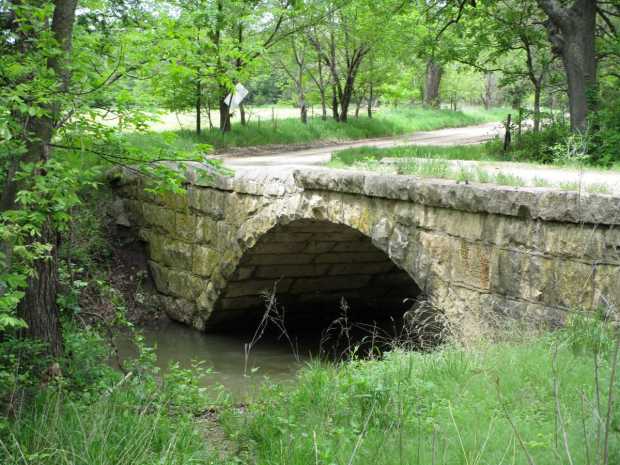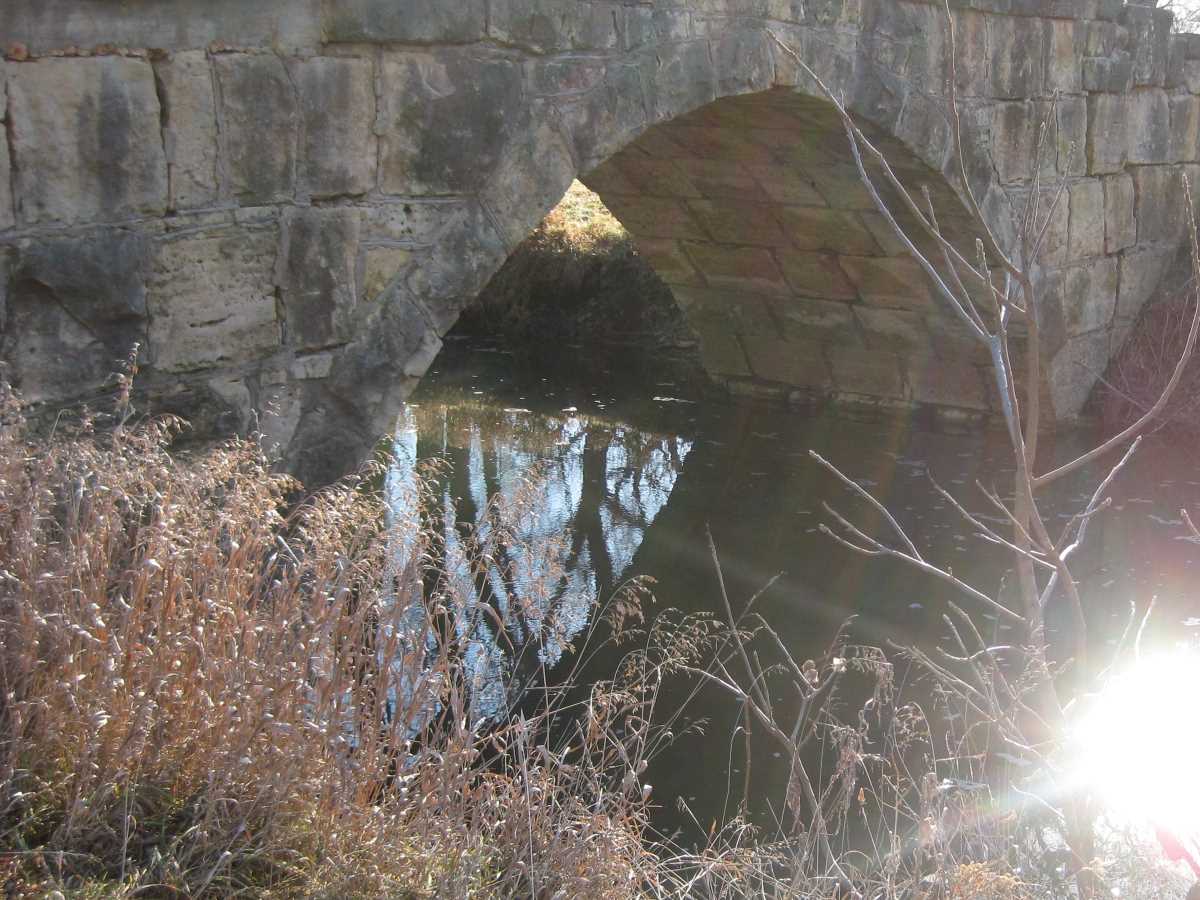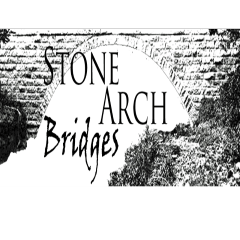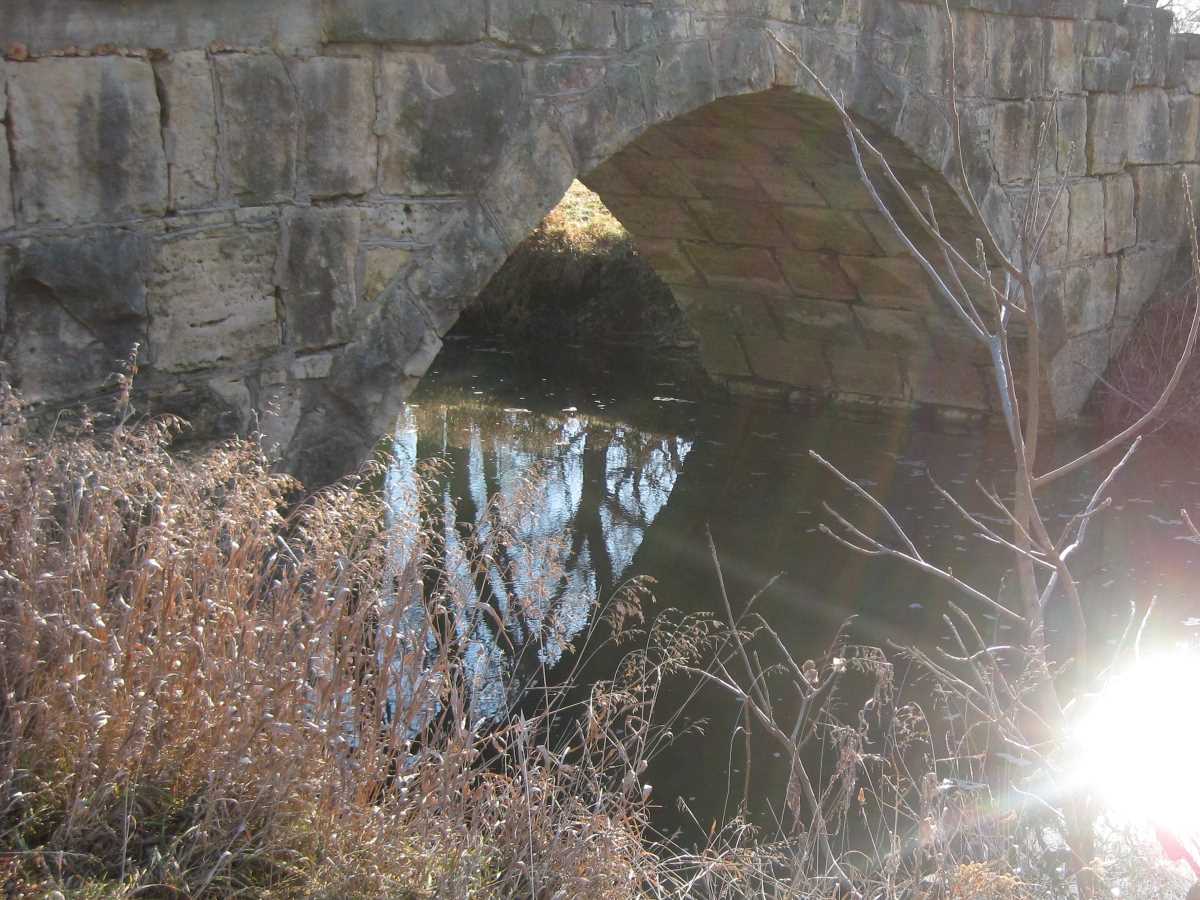The keystone is probably the most well-known part of an arch. The keystone is generally defined as the most important stone placed in the arch. The keystone is the last stone placed in the arch, and should end up being placed in the very top of the arch. But is the keystone the most important stone in an arch?
The Keystone and the Arch
One thing worth pointing out about the keystone is that there is usually no one keystone in the crown of the arch. Most arches are several stones wide (as can easily be seen in the picture of the bridge below), hence there usually ends up being several keystones, all in a row across the width of the arch. Obviously these keystones all act in the same way; just multiple stones were needed to handle the entire width of the bridge. For simplicity of discussion we’ll just assume for our example that the arch is one stone wide.
While many stone arch bridges feature an elaborate, large, and bold keystone, this actually is usually a decorative feature. As it turns out, the keystone is really not more important than any other stone in a given arch.

The reason why the keystone is no more important than any other stone in the arch is quite simple. If you were to remove the keystone from an arch the arch, of course, would fall. Yet, if you remove any other stone in the arch, the arch still fails. Each stone is necessary for the completion and hence the stability of the arch. All the individual parts (stones) work together to make up the whole (the arch). Incidentally, many stone arch bridges have no clearly defined keystone; again, most of the time the “keystone” is actually a decorative feature.
The Keystone’s Noteworthiness
Nevertheless, as it happens, the last stone in the arch (the keystone) still tends to be worthy of special consideration. The last stone of the arch is placed in the crown of the arch by necessity. At this point, the two halves of the arch meet. These two halves of the arch are generally built simultaneously. This is not only because of gravity, but because to build the arch in a lopsided manner is a very dangerous idea as the centering may fail under the heavy, imbalanced weight of an unfinished arch half.

At the point where the two halves of the arch meet, the final stone (the keystone) must be the correct thickness to effectively close the arch. While early in the construction of an arch the arch stones’ thickness usually doesn’t matter too much, the keystone’s thickness must be right or it either won’t fit into the arch or will be too small to close the arch properly. This means that special care is required when choosing and/or cutting the keystone.
The Keystones of Gothic Arches
A pointed Gothic arch actually does use a special keystone. The Gothic arch differs from a conventional Roman or segmental arch. Whereas the Roman and segmental arches both are composed of a single arc, the typical Gothic arch actually uses two separate arcs that join at the top of the structure. At the point where these arcs meet, a special stone is needed for the arch to close properly. This keystone in a Gothic arch is triangular in shape (hence the point of the Gothic Arch); it is rather comparable in design to the skewbacks of a segmental arch. There are many types of Gothic arch designs, but they all require a triangular keystone, which completes the curvature of the arch. It seems at least possible that the special keystone required for a Gothic arch is where the concept of using an elaborate keystone for other types of stone arch bridges came from. Furthermore, a Gothic arch requires a good, solid, weight at the keystone for better stability, and making the keystone massive was one way the medieval builders could achieve this goal. Of course, having built a massive keystone it would be a natural step to ornament it.

